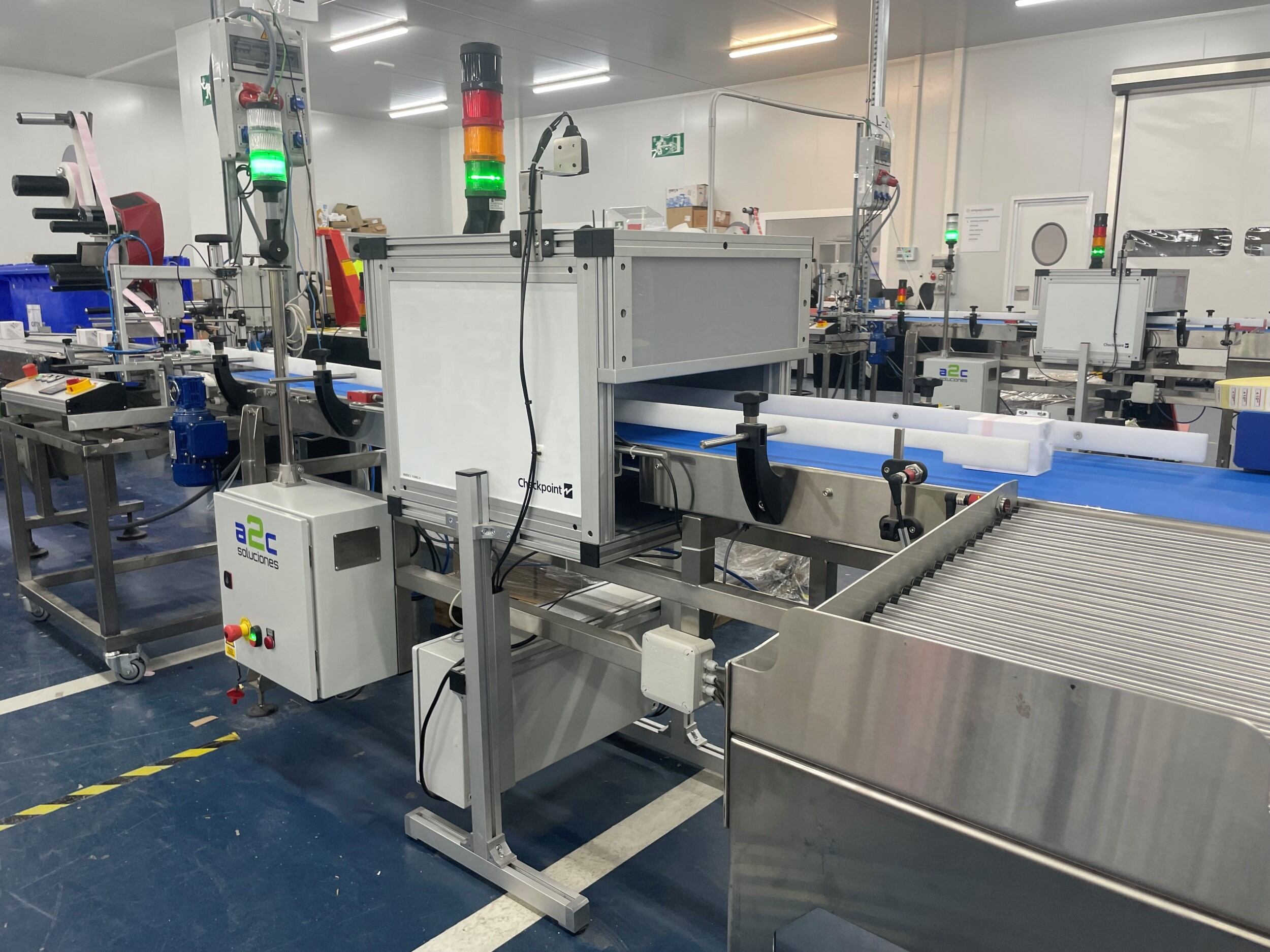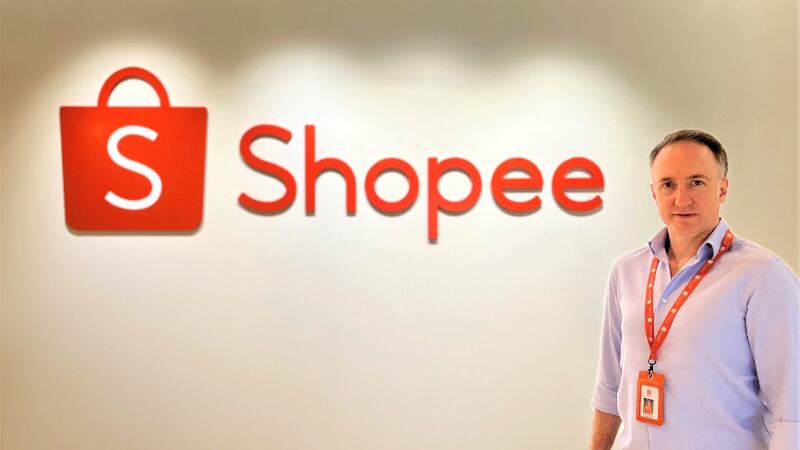The Spanish perfumes and cosmetics manufacturer has created a system using an Radio Frequency Identification (RFID) encoding tunnel integrated into its production line, in collaboration with alarm supplier Check Point.
Each product reference is encoded in real-time, isolated and in a chain.
RFID is a product identification system that’s becoming increasingly necessary in fast-moving consumer goods product sales. It uses radio waves to communicate with a microchip that can be mounted on a tag, card, or a transponder. This encoding will allow brands to perform mass reading of references and contain extensive traceability information.
A real-time view of demand evolution
According to Mixer & Pack’s Chief Operating Officer Lorenzo García Expósito, the company’s innovative development could have four main benefits for the beauty and personal care industry:
The first is to enhance companies’ ability to manage and control their stock, as RFID enables real-time inventory control at the production, storage, picking, distribution and point of sale stages.
Knowing exactly where the product is provides stock information and insights into how the product is being handled at the point of sale.
“This allows sales and marketing departments to have a real-time view of demand evolution and implement action plans,” explained García Expósito. “Additionally, it enables integration for automated replenishment, generation of needs, statistical control, analysis, and demand prediction, all in real-time.”
The second benefit is protection against counterfeiting and control of resale through unauthorised channels – an ever-increasing problem for beauty brands.
Currently, some use ultraviolet ink markings combined with traditional barcodes on packaging. However, this incurs significant costs and still often fails to meet the verification and control expectations.
“RFID technology helps to minimise these manufacturing and logistics costs by automating recording processes from manufacturing to distribution, implementing encryption systems throughout this process to safeguard information integrity,” shared García Expósito. “This enables greater control of the product and its traceability at any point in the market, in real-time.”
Traceability is the third advantage provided by this RFID technology, according to Mixer & Pack. Each product is serialised and contains information such as manufacturing dates, expiration dates, batch numbers, ingredients and allergens lists, or any other information deemed important by the manufacturer or regulatory bodies.
And finally, the fourth benefit of the new system, according to García Expósito, is enhancing the customer experience during the payment process. “This technology streamlines the payment process in commerce, replaces or complements current alarm systems, and eliminates additional costs,” he said.
R&D challenges and limitations
To be able to integrate a system into the production lines that allows for individual engraving of product data and traceability using RFID technology, Mixer & Pack and Check Point had to develop and integrate specific software with the necessary electronics for the application of this technology. It has been integrated into a container equipped with detection and ejection systems for defective units during the engraving process.
One of the main challenges Mixer & Pack faced when implementing this technology into perfume products was the limitation of some materials in the product development.
“Materials containing metallic components, such as polyester or metallic finishes, metallic inks, commonly used magnets in cap assembly, etc, were found to be incompatible and caused radio frequency signal interference, making their use impossible,” explained García Expósito. “This presented a challenge as it sometimes clashed with creativity, design, trends, or marketing requirements.”
The company’s design and development teams were tasked with finding alternative materials that could achieve similar finishes while being fully compatible with RFID technology.
In addition to struggles with materials, the positioning of the microchip within the finished product also plays a significant role.
Glass packaging or the perfume itself can cause signal interference, reducing the desired efficiency and reliability.
“Each product behaves differently, so our teams had to implement a series of tests within the development process to determine and validate the correct positioning of RFID tags,” explained García Expósito.
On the manufacturing side, the biggest challenge for the team was finding the balance between distance, speed and power emission of the radio frequency signal. This combination had to allow for individual recording, encryption and verification of products without affecting production efficiency.
The team and partners first worked together for many months on a prototype, to determine the correct parameters that would create a reliable process without impacting production and associated costs.
Significant demand in the industry
In an industry with an increasing need for this type of technology, García Expósito says potential clients are now coming to the company to find out more about its innovation.
He believed that, when combined with blockchain, the technology can optimise traceability processes throughout the distribution chain. He also thinks that premium brands will drive the demand for this technology to help with the problem of counterfeiting and product resale through unauthorised channels. And finally, more stringent regulations and standards to ensure consumer safety and health will require traceability requirements that will also drive significant demand for this type of technology.
“We are working with some of our clients on using this technology to control product resale and counterfeiting,” he said. “Additionally, in the medium term, we aim to collaborate with our main suppliers to implement this technology into the supply chain. This will enable us to manage inventory of components and raw materials in our production process.”





